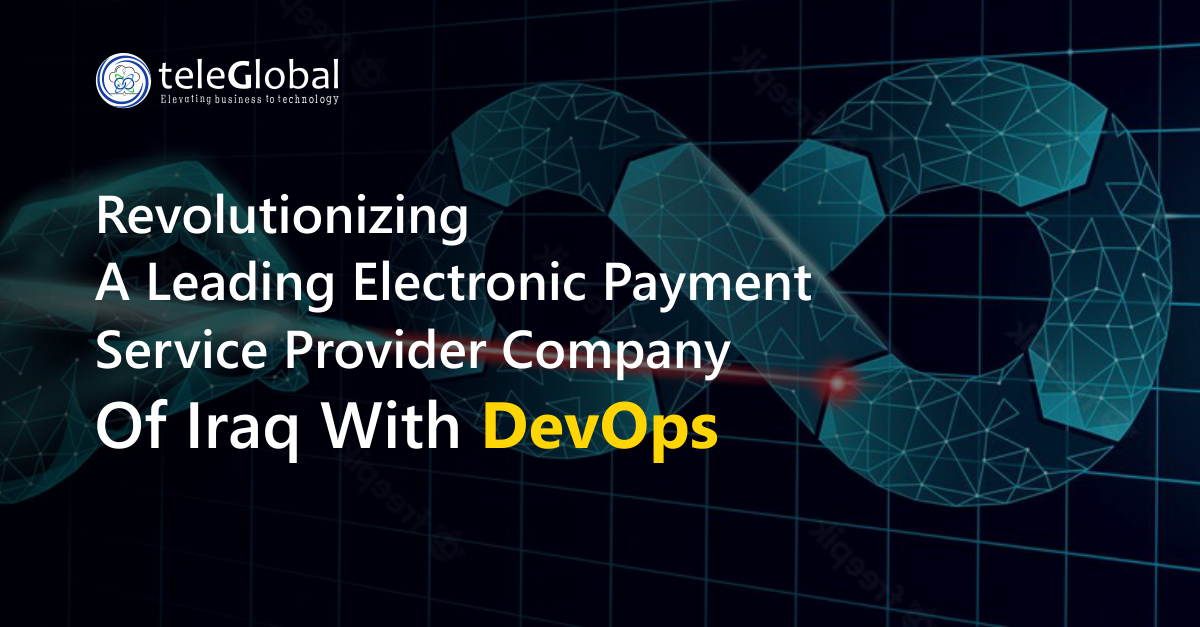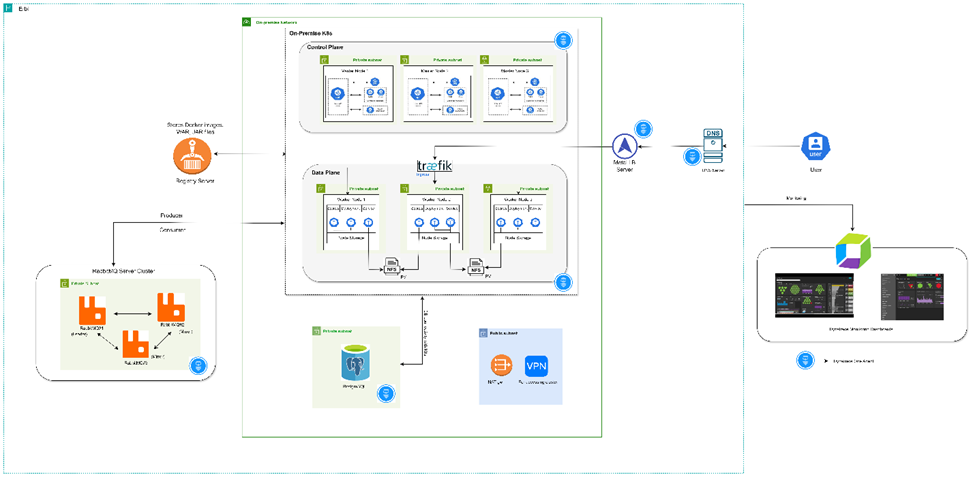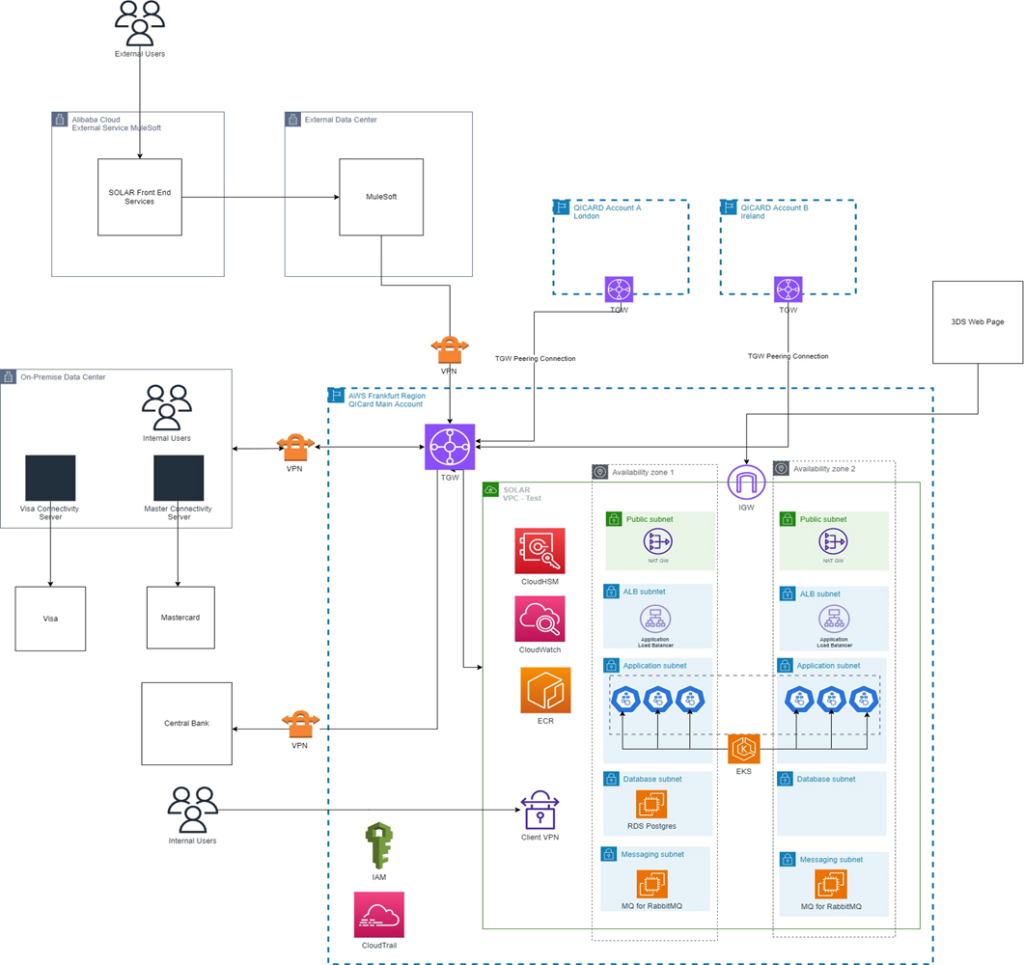
Iraq’s leading electronic payment provider manages millions of financial transactions daily. The company works with both private and government banks to issue and acquire payment cards, including international options.
Its platform uses biometric identification for secure cardholder verification and serves as a lifeline for citizens. Through a wide network of over 6000 service points, the company distributes pensions, social welfare aid, and salaries to millions.
To support such a vast network, the company required a modern infrastructure. It needed systems that were secure, scalable, and cost-efficient. The client partnered with Teleglobal, a trusted provider of DevOps services, to build this transformation.
Running a national financial platform comes with unique hurdles. The client faced multiple challenges:
The company wanted a solution that balanced compliance and cost savings while supporting rapid growth.
TeleGlobal designed a hybrid DevOps model. Development and testing workloads were moved to AWS. Pre-production and production workloads were built on secure on-premises systems.
This hybrid structure allowed the company to stay compliant while taking advantage of cloud efficiency. TeleGlobal’s strategy included:
TeleGlobal engineered a strong foundation for production workloads. The setup included:
This setup provided high availability, compliance, and scalability.
TeleGlobal deployed development and test workloads on AWS. This provided agility without risking production stability.
Key components included:
This setup accelerated development while keeping costs controlled.
TeleGlobal focused strongly on cost control. The client’s infrastructure spend was reduced significantly through:
Overall, the company saved $400K–$500K per month, representing a 20–22% reduction in AWS spend.
TeleGlobal planned the rollout in structured phases:
This timeline allowed the client to continue operations while migrating workloads step by step.

The project delivered measurable improvements:
The client now operates with greater speed, lower costs, and stronger compliance.

This transformation shows why DevOps services are critical for financial institutions. Without automation, monitoring, and hybrid planning, costs spiral and risks increase.
By adopting a DevOps-first model, the company achieved:
For a company serving millions, these benefits are essential.
With TeleGlobal’s DevOps expertise, Iraq’s leading payment service provider modernized its infrastructure. The hybrid approach allowed the client to keep production secure while enjoying the agility of cloud-based development.
The result was not just compliance and security, but also cost savings of up to $500K monthly. By focusing on both automation and optimization, TeleGlobal delivered measurable value.
For businesses in Iraq, India, the US, the UAE, and Europe, this case highlights the impact of DevOps services. With the right partner, financial organizations can build secure, efficient, and scalable systems.
 close
close

Hi there! At TeleGlobal, we turn your cloud vision into AI-accelerated reality. What challenge can we help you solve?
Powered by ![]() teleBot
teleBot